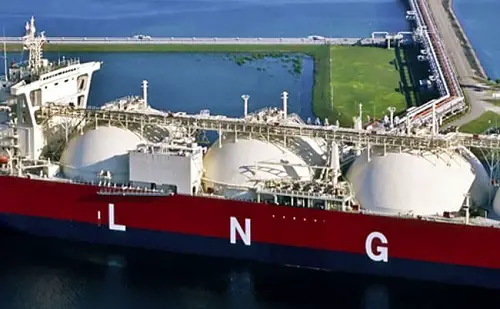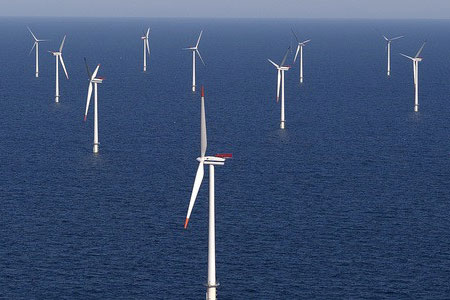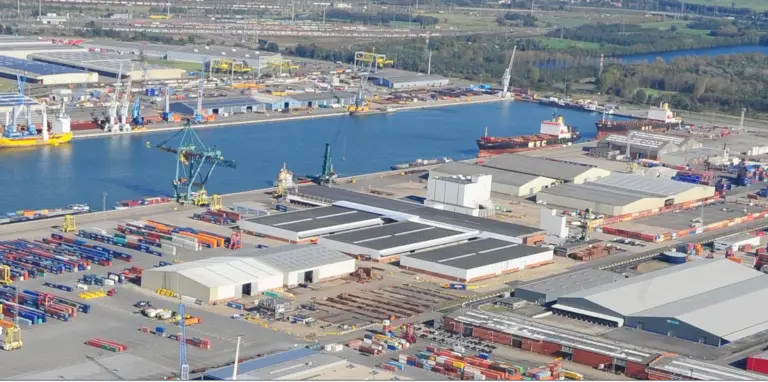ClassNK Releases Guidelines For Ships Using Alternative Fuels Based On Latest Technology

Environmental regulations are getting more strongly enforced in order to reduce atmospheric pollution that are particularly caused by sulphur oxides (SOx) and particle matter (PM) which are found in vessel emissions as well as weather effects caused by GHG emissions. In theory, use of LNG, LPG, and methyl/ethyl alcohol can reduce the amount of CO2 emissions by 10% to 20% compared to conventional oil fuels, and they do not contain sulphur, so they can be used as alternative fuels in ships. Because of this reason, alternative fuels are expected to be an effective solution for the environmental regulations.
As compared to traditional fuels these alternative fuels have lower flashpoints. Thus specific attention is required to ensure adequate safety precautions when using low-flashpoint fuels. The attention is needed in order to decrease the potential risk of fire and explosions that may arise as a result of fuel leakage on board the ship.
At IMO International safety requirements for low-flashpoint fuels have been discussed and the discussions resulted in the adoption and enforcement of the International Code of Safety for Ships using Gases or other Low-flashpoint Fuels (IGF Code). However for alternative fuels other than LNG, the current code does not have address specific regulations.
For the ships which uses Low-Flashpoint Fuels such as Methyl/Ethyl Alcohol / LPG ClassNK has released the Guidelines based on the latest technology and regulation trends in order to promote the design of alternative fueled ships outlining the safety requirements for other viable alternative fuels besides LNG. ClassNK’s guidelines divide targeted vessels into three categories namely ships using methyl/ethyl alcohol as fuel, ships fuelled by LPG, and liquid gas carriers fuelled by LPG. The guidelines provides ship regulations and indicate safety requirements for the arrangement and installation of the low-flashpoint fuel related systems while considering the properties of each fuel type so that the risks to vessels, crew, and the environment can be minimized.
The current trends are outlined in the guidelines and will be amended periodically in future in accordance with any changes in the IGF Code during future IMO discussions and the rapid development of new technologies.
Speaking on the occasion, Mr. Hayato Suga, Corporate Officer and Director of Plan Approval and Technical Solution Division said “In addition to LNG, low-flashpoint fuels like Methyl/Ethyl Alcohol and LPG are providing ships with alternative fuel options that have diverse characteristics in terms of environmental performance, availability, price, and more. Regardless of the choice, adequate safety measures are essential. Our latest guidelines have incorporated regulatory trends and our expertise proposes the appropriate requirements tailored to Methyl, Ethyl Alcohol, and LPG respectively. I hope they will be well utilized for the efficient design and construction practice of ships using those fuels”.
Reference: classnk.or.jp






